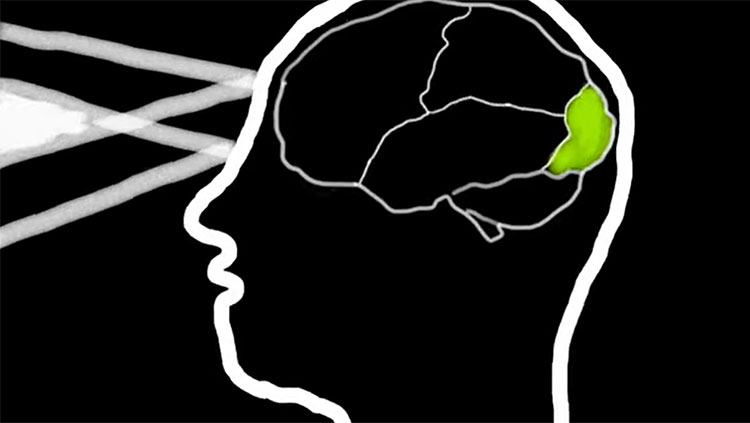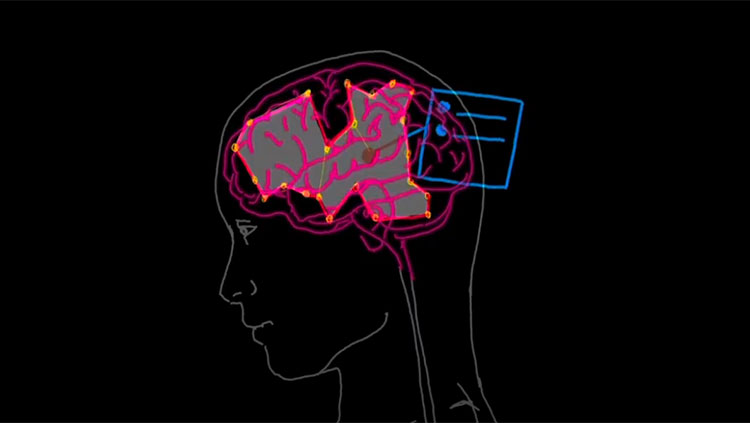Neuroscience Defined: Phantom Limbs
- Published29 Feb 2024
- Source BrainFacts/SfN
Around 80% of people who’ve lost a limb experience phantom limb syndrome, a sometimes painful condition where people can still feel their lost arm or leg. Scientists aren’t entirely sure what causes phantom limb syndrome, but there are a few prominent theories. Studying how these sensations play out in the nervous system continues to help researchers develop new ways to treat this condition.
This is a video from the 2023 Brain Awareness Video Contest.
Created by Marion Hagstrom.
CONTENT PROVIDED BY
BrainFacts/SfN
Transcript
Neuroscience Defined: Phantom Limbs.
Over 80% of amputees experience phantom limb syndrome, a condition where patients feel a limb that is not there. This phenomenon has also been recorded in those who have lost other body parts.
These sensations are often chronic and can be neutral or painful. But why do these sensations occur? Although phantom limb syndrome is not fully understood, we can take a look at what's happening in the brain for some clues.
Theory one: We might find our answers in cortical reorganization, the leading hypothesis of phantom limb syndrome. When a part of the body is amputated, neurons in the somatosensory cortex that originally responded to signals from that body part start to respond to signals from nearby neurons.
Theory two: Another suggested explanation is that your brain holds a model of your body for help with positioning and movement. However, when a limb is amputated, the internal model does not change. So, when the neural command to move the lost limb is not met with sensory feedback, pain can be felt.
Theory three: A final popular theory is the peripheral nervous system is the cause. Neurons that are damaged from amputation try to repair themselves with no limb to grow into. They form neuromas, which can stimulate erratic signals and cause pain or sensation.
Treatments that send electrical impulses to the nerves, brain, or spinal cord may help ease the pain these amputees feel. They can include neurostimulation, spinal cord stimulation, or transcutaneous electrical nerve stimulation. With more research and collaboration, we can learn more about phantom limb syndrome and soothe some of the pain amputees feel post-operation.
Thanks for watching!
Also In Thinking & Awareness
Trending
Popular articles on BrainFacts.org







.jpg)









